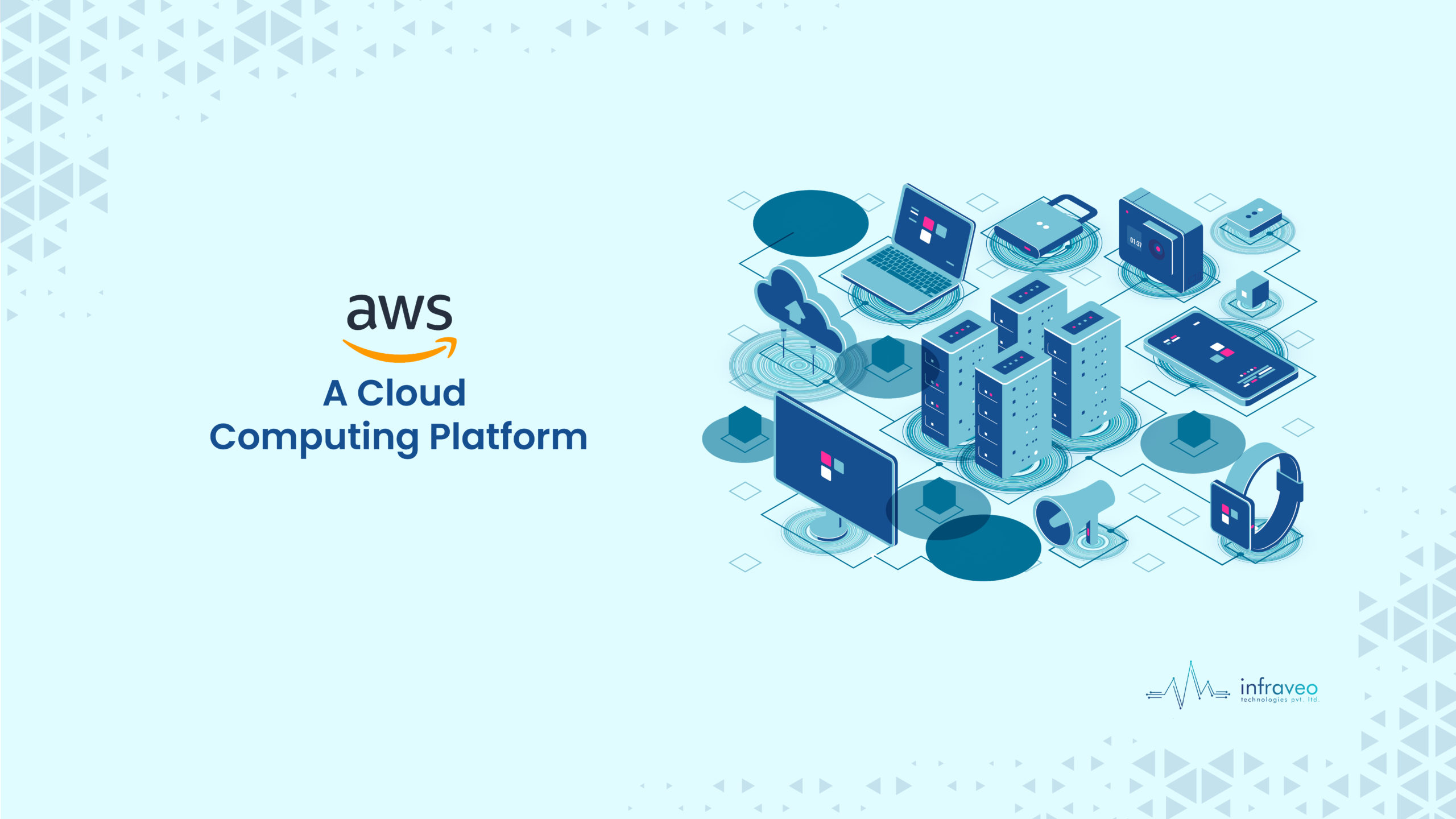Introduction
AWS (Amazon Web Services) is an Amazon company that offers governments, businesses, and people access to on-demand cloud computing platforms and APIs (Application Programming Interfaces) on a metered pay-per-use basis Amazon.com developed internal infrastructure to manage its online retail activities, and it was introduced in 2006. These cloud computing web services offer software tools and distributed computer processing capacity by AWS server farms.
What are Amazon Web Services?
AWS means Amazon Web Services in its entire form. It is a platform that provides scalable, adaptable, user-friendly, and affordable cloud computing solutions. Amazon Web Services is a comprehensive, dynamic cloud computing platform provided by Amazon that combines infrastructure as a service (IaaS), platform as a service (PaaS), and packaged software as a service (SaaS) solution.
Important Cloud Services provided by AWS
The following list of AWS’s Important Cloud Services is divided into multiple categories:
1) Compute:
The computer services in AWS are all about top-of-the-line servers that can be used to host a website, process backend data, etc.
- AWS EC2: AWS EC2 (Elastic Compute Cloud) is an Infrastructure as a Service from AWS that provides you with a server with the desired operating system, processor, and RAM. With this OS, you can do anything from installing applications to hosting a website. Here, you have complete OS control.
- AWS Elastic Beanstalk: AWS Elastic Beanstalk is a Platform as a Service that provides rapid application deployment by offering all the application functions that you need.
- AWS Lambda: Additionally, this service is unable to host a website and does not grant you access to the entire operating system. It can only be used for backend processing.
2) Networking:
- Amazon VPC: In the AWS cloud, it enables you to build a private network that employs many of the same concepts and design elements as an on-premises network. Additionally, you have ultimate control over the network configuration with Amazon VPC.
- Amazon Route 53: The cloud-based Domain Name System (DNS) web service Amazon Route 53 is reliable and scalable.
3) Storage:
- Amazon S3: AWS provides the scalable storage solution known as Amazon Simple Storage Service (S3). It saves files in the form of objects, each of which can only be up to 5 TB in size.
- Amazon Glacier: For data archiving and long-term backup, Amazon Glacier offers a safe, dependable, and incredibly affordable storage possibility.
4) Databases:
- Amazon RDS: A relational database may be easily set up, run, and scale in the cloud with the help of Amazon Relational Database Service (Amazon RDS).
- DynamoDB: Amazon offers DynamoDB, a NoSQL database service. It supports document data and key-value pairs. Point-in-time recovery, on-demand backup, and restorations are also supported.
Advantages of AWS (Amazon Web Services)
1) Organizations can use the well-known programming languages, operating systems, databases, and architectural models due to AWS.
2) AWS provides you with only a few clicks to quickly deploy your application across multiple locations worldwide
3) It is an affordable service that enables you to pay only for the services that you use, without making any upfront or long-term commitments.
4) Data Centre operation and maintenance costs won’t be necessary for you.
5) It requires a highly secure infrastructure to ensure the security of your data.
6) The ability to quickly process a large volume of data is known as high-performance computing (HPC) and AWS provides high-performance computing services so that companies do not have to be worried about speed.
7) It is scalable because the AWS Auto Scaling service provides constrained resources to be expanded automatically in response to demand, ensuring that the application is always available.
Disadvantages of AWS (Amazon Web Services):
1) You must choose paid support packages if you need more intensive or immediate help.
2) The cost of technical support varies depending on the various packages, which include those for developers, companies, and enterprises.
3) For Amazon EC2 and Amazon VPC consoles, there are restrictions on the resources that are available. One can, however, ask for an increase in the same.
4) Resources are limited to default AWS restrictions, which differ by location. These resources are usually made of snapshots, volumes, and photographs.
5) When you go to the cloud, Amazon Web Services may have some common cloud computing issues. For example, downtime, limited control, and backup protection.
Conclusion
It has a physical fiber network that connects to its regions, availability zones, and edge locations. It also covers all maintenance costs, saving businesses a good deal of money. You have access to all the resources you need to begin developing your IT architecture using AWS without having to make any purchases. Amazon is the most customer-centric company in the world. With the same intent, it has come up with some amazing customer-friendly pricing options in AWS.




